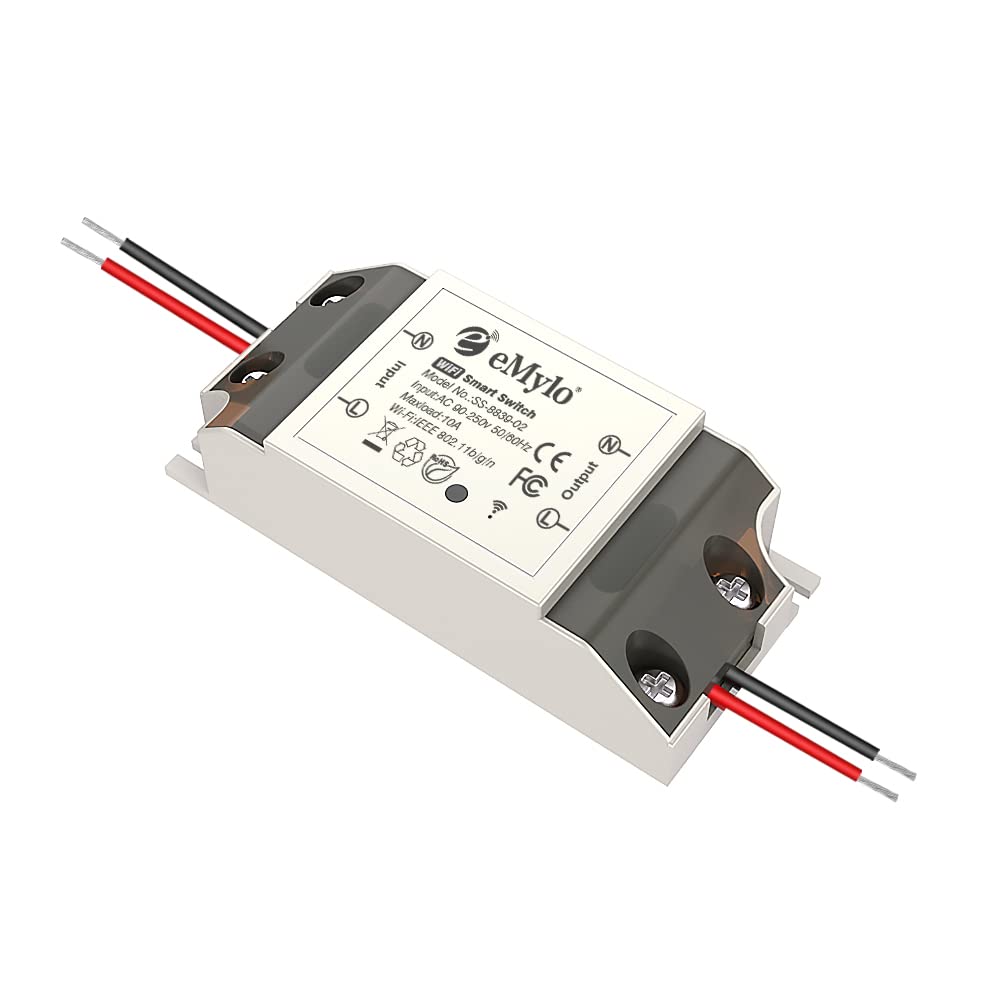Unveiling the Powerhouse: Exploring the Most Widely Used Relay in Various Industries
3 min read
Relays are essential components in numerous industries, serving as the backbone of electrical control systems. These devices enable the control of high-power circuits with the use of low-power signals. In this blog post, we will delve into the world of relays and uncover the most commonly used relay across various industries. From its fundamental principles to its diverse applications, we will explore the versatility and significance of this relay.
- Understanding Relays:
Relays are electromechanical devices that act as switches, controlling the flow of current in an electrical circuit. They consist of a coil, an armature, and a set of contacts. When an electrical current passes through the coil, it generates a magnetic field that attracts the armature, causing the contacts to close or open, thus completing or interrupting the circuit. - The Most Commonly Used Relay:
Among the wide range of relays available, the most commonly used relay in various industries is the electromagnetic relay. This relay utilizes an electromagnet to control the switching mechanism. Its popularity stems from its reliability, cost-effectiveness, and compatibility with different voltage levels. - Applications in Power Systems:
In power systems, electromagnetic relays play a crucial role in protecting equipment and ensuring the stability of the electrical grid. They are extensively used in circuit breakers, motor control centers, and power distribution systems. These relays detect abnormalities such as overcurrent, undercurrent, and voltage fluctuations, triggering the necessary actions to prevent damage and maintain system integrity. - Industrial Automation:
In the realm of industrial automation, electromagnetic relays are indispensable. They facilitate the control of motors, solenoids, and other devices in manufacturing processes. With their ability to handle high currents and voltages, these relays ensure the safe and efficient operation of machinery, enhancing productivity and minimizing downtime. - Automotive Industry:
Within the automotive industry, electromagnetic relays are widely employed in various applications. From controlling headlights and windshield wipers to managing power windows and central locking systems, relays provide the necessary switching capabilities. Their compact size, durability, and ability to withstand harsh environments make them ideal for automotive use. - Telecommunications:
Relays find extensive usage in telecommunications networks, where they enable the routing of signals and the establishment of connections. These relays ensure the efficient transmission of data, voice, and video signals across vast networks, contributing to seamless communication worldwide. - Emerging Trends and Future Developments:
As technology advances, solid-state relays are gaining prominence in certain applications. These relays, which utilize semiconductor devices instead of mechanical components, offer advantages such as faster switching speeds, longer lifespan, and improved reliability. However, electromagnetic relays continue to dominate due to their cost-effectiveness and compatibility with existing infrastructure.
Conclusion:
The electromagnetic relay stands as the most commonly used relay across various industries, owing to its reliability, versatility, and cost-effectiveness. From power systems to industrial automation and telecommunications, these relays play a vital role in ensuring the smooth operation of electrical circuits and systems. As technology progresses, the relay landscape may evolve, but the fundamental principles and significance of relays will remain steadfast in powering our modern world.

